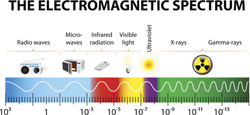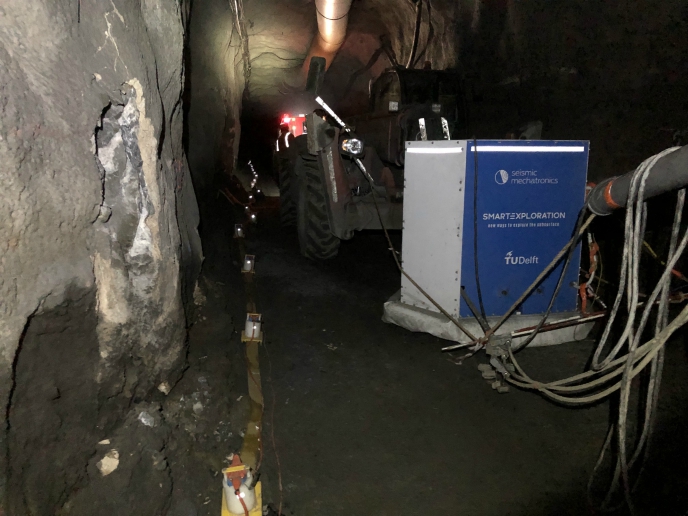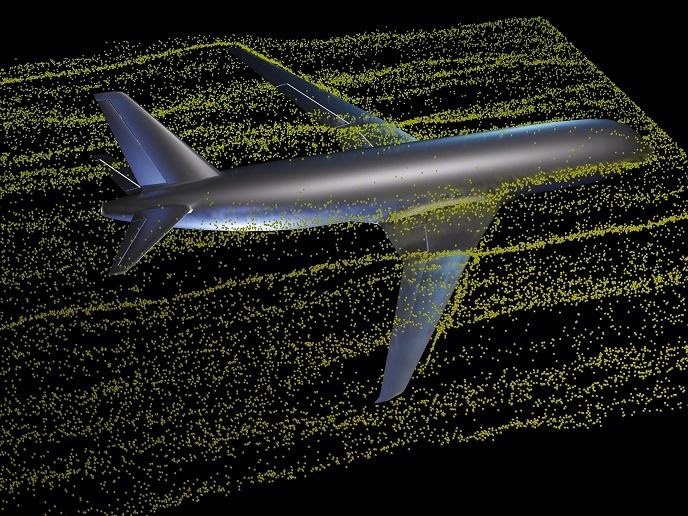Modelling electromagnetic phenomena
Of the most popular numerical methods for simulating electromagnetic fields, the 'The approximation problem in computational electromagnetics' (APPROCEM) project focused on the method of moments. This method is significantly more efficient in terms of computational resources as it requires calculating only boundary values, rather than values throughout space. It works by constructing a 'mesh' over the modelled area. The problem of electromagnetic waves scattered by a conducting obstacle coated by a layer of dielectric material is described using coupled electric field integral equations. The latter contain expressions for both interior and exterior fields' values. By applying the method of moments with suitable basis functions, the integral equations are transformed into an equation of matrices that has to be solved. The research work of the APPROCEM scientists provided insights into the relationship between properties of the relevant integral operators. The next step was to use their findings to improve commonly used iterative methods to solve the equation obtained from the moments' method. Iterative solvers are algorithms used to sequentially build up the solution. Going far beyond the existing state of the art, the APPROCEM scientists provided new algorithms based on numerical simulations and assimilation of experimental measurements. Moreover, aspects of theories developed independently from each other were brought under a unified mathematical framework. This was achieved by the introduction of breakthrough ideas to evaluate the performance of methods used to approximate the equation's solution. One of the fundamental drives behind the APPROCEM project was the ability to simulate the behaviour of devices and systems before they are actually built. This allows engineers to engage in levels of customisation and optimisation that is costly or even impossible if done experimentally. Insights into electromagnetic phenomena through the power of computation could lead to more advanced technology for radar antennas.







